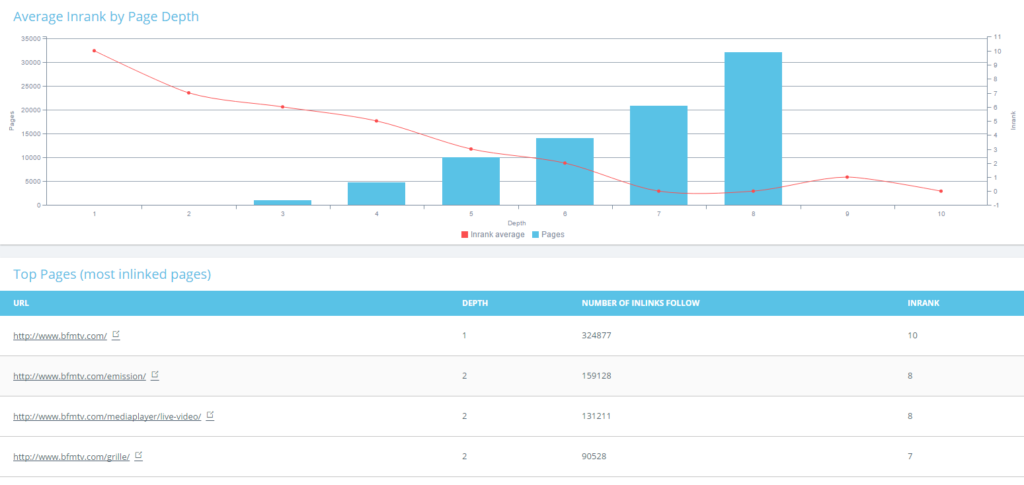Google page rank refers to a link analysis algorithm launched by Google to tell websites how important they are. This score goes from 0 to 10 and is based on an exponential scale.
However, this score does not seem to be not as relevant as it used to be. Google has been generally updating this algorithm every three months but recently, nothing has evolved. When Matt Cutts was asked whether PageRank would be updated before 2014, he replied “I would be surprised if it happened”. The last update occurred at December 6th 2014. SEO experts tends to say that PageRank is definitely dead–but what was it and what are the alternatives now?
PageRank: why it was useful
This link metric can be pretty useful for link audits. Beyond link audits, though, PageRank doesn’t have a real impact on rankings as Google gives more importance to relationships and relevance.
For link audits, PageRank used to deliver information about low-value and spammy links with filters like Homepage PR0 or Gray. But since the service is not updating anymore, this tool has become much less relevant for SEOs.
What are the current alternatives to Page Rank?
As PageRanks is slowly disappearing, other solutions have emerged. Many backlink reporting companies have developed link metric tools to compete with PageRank but not all of them are qualitative. Here are the three we recommend.
MOZ – Page Authority
Moz page authority metric refers to how a given web page is going to rank in Google’s SERPs. It does not evaluate the whole domain authority. This score is based on 100 points and is based on data from the Mozscape web index and includes link counts, MozRank, MozTrust, and other secret factors. It will be easier for a website to grow from 20 to 30 than to 70 to 80 for instance.

As you can see here, Search Engine Journal has a great page authority of 88/100.
Majestic – Trust Flow
Majestic has developed a tool that measures the trust of a website linking to another trustworthy websites. If a link pointing to your website is authoritative and qualitative, then your trust flow will increase. To know more about trust flow, you can check our previous article.

Here, Search Engine Journal has a trust flow of 65 which is quite good.
Ahrefs URL Rank
This metric measures the impact of all backlinks with different link equity to a given page. As a general rule, the more backlinks a given URL has – the higher URL Rank it receives. But this not just about quantity because one qualitative link can give more boost to rankings than hundreds of spammy backlinks. The rate also includes internal linking.

And then we have worked on our own tool.
Oncrawl Inrank
We have developed a metric called Inrank, a key indicator that helps you understand how internal popularity flows through your internal links. This score goes from 0 to 10 and helps you optimize your top pages by distributing your link equity to your most strategic pages.


